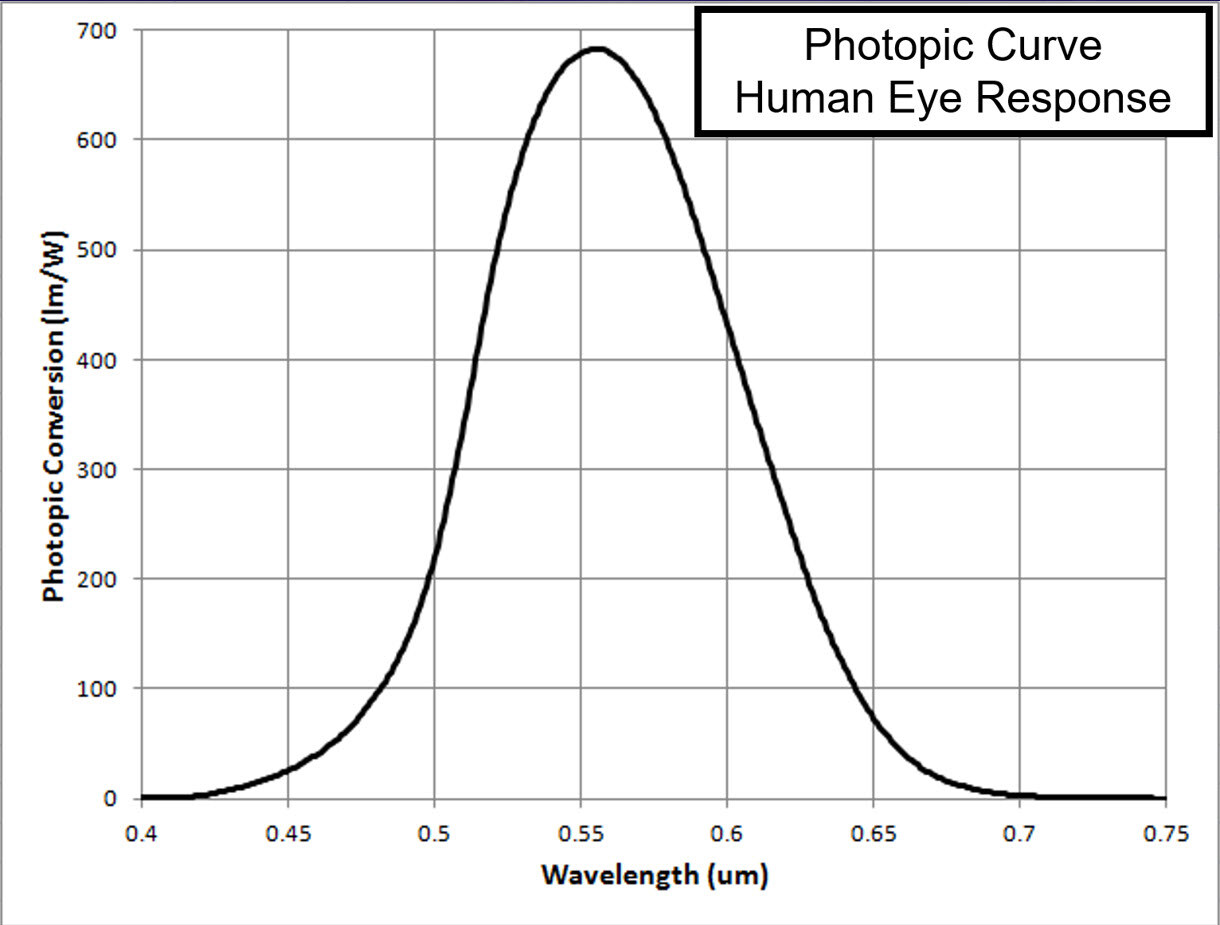Advancing Automotive Lighting Design with TracePro
Automotive designers face the challenge of integrating advanced lighting systems into modern vehicles while ensuring performance, safety, and aesthetic appeal. TracePro is a powerful optical design software that helps automotive engineers analyse and optimise LEDs, HID lamps, and incandescent lighting in a wide range of vehicles, from cars and trucks to commercial vehicles. With the increasing demand for high-power LED systems in headlamps and interior lighting, TracePro offers designers the tools needed to visualise, simulate, and perfect their lighting setups for maximum efficiency and performance.
Enhancing LED-Based Headlamps and Interior Lighting
LED technology has revolutionised automotive lighting, providing greater efficiency, longer lifespan, and better brightness control compared to traditional lighting solutions. LED-based headlamps are now a standard feature in many vehicles, and these systems must be meticulously analysed to verify their performance under different conditions.
For interior lighting, LEDs are commonly used in ambient lighting to enhance the driving experience. In addition, they illuminate dashboard and gauge clusters using sophisticated systems like light pipes and light guides. These systems leverage Total Internal Reflection (TIR) to efficiently direct light through intricate pathways, reducing the number of LEDs required without compromising on brightness. Designers can also use bevelled corners in the light guides to act as mirrors, further optimising the light flow and ensuring uniform illumination across the dashboard.

Precision in Head-Up Displays (HUDs) and Advanced Systems
In the realm of advanced vehicle systems, automotive designers use TracePro to analyse critical features such as Head-Up Displays (HUDs), windshield systems, collision detection systems, and rearview cameras. TracePro's simulation tools allow designers to accurately model how light behaves within these systems, ensuring that they deliver reliable performance and meet safety standards. By simulating factors like illuminance and luminance maps, designers can fine-tune the visibility and effectiveness of these systems, resulting in improved driver awareness and vehicle safety.
Key areas where TracePro excels in automotive system design include:
- Illuminance from interior or display lighting: Optimise the brightness and distribution of light within the cabin or on displays for clear visibility and comfort.
- Luminance maps and photorealistic renderings: Create realistic simulations of how the instrument panel, controls, and displays will appear when illuminated, helping designers perfect the aesthetics and functionality.
- 3D Illuminance Mapping: TracePro enables designers to analyse the 3D illuminance on any surface, ensuring even light distribution for enhanced visibility.
- Candela Plots: Analyse the intensity of light emitted from various lighting sources, ensuring headlamps, tail lights, and other external lights meet regulatory standards.
Optimizing Lighting for Interior and Exterior Applications
Automotive lighting isn't just about headlamps; it extends to a variety of interior and exterior applications where precise illumination is key. TracePro provides automotive designers with the ability to visualise and analyse light performance in various areas of a vehicle, helping them achieve the desired effect with fewer iterations. Photorealistic renderings give designers a clear view of how their LED layouts will look and perform in real-world scenarios, whether it's the subtle glow of ambient lighting or the sharp focus of headlamps.
Key areas illuminated by TracePro's tools include:
- Instrument panels, consoles, and controls: Ensure that these critical areas are properly illuminated for ease of use and visibility during nighttime driving.
- Door handles and window openers: Improve the user experience by optimising light placement for easy access in low-light conditions.
- Footwells and storage areas: Enhance safety and convenience by providing well-distributed light in these often-overlooked areas.
- Trunks/boots and truck beds: Illuminate large spaces like trunks and truck beds, making it easier to see and organise cargo.
- Headlamps and tail lights: Simulate the performance of headlamps and tail lights, ensuring they provide ample illumination for the road while meeting regulatory requirements.
- Warning lamps: Optimise the visibility and brightness of warning lights, ensuring that they are easily noticeable in both day and night driving conditions.
- HUD and windshield design: Perfect the integration of HUDs and windshield-based systems, ensuring clarity and reducing driver distraction.

Advanced Visualization and Simulation Capabilities
TracePro's ability to create photorealistic renderings gives automotive designers a powerful advantage when visualising how their lighting systems will appear once implemented. This not only helps to reduce the number of physical prototypes but also ensures that designers can accurately predict how light will behave in both the interior and exterior of the vehicle.
With features like luminance maps, candela plots, and 3D illuminance simulations, TracePro helps designers achieve the perfect balance between aesthetic appeal and functional performance. Whether it's for navigation displays, stereo systems, or exterior lighting like headlamps, TracePro ensures that every lighting component is optimised for the best possible performance.
For more information on how TracePro can enhance your automotive lighting design projects, explore our product information or contact our support team for assistance.
Other Tracepro Applications
Solar Power
Solar Power solutions for analyzing, simulating, and optimizing energy systems
Consumer Electronics
Consumer Electronics solutions for analyzing, simulating, and optimizing electronic devices
Light Pipe Design
Light Pipe Design for analyzing, simulating, and optimizing illumination systems
